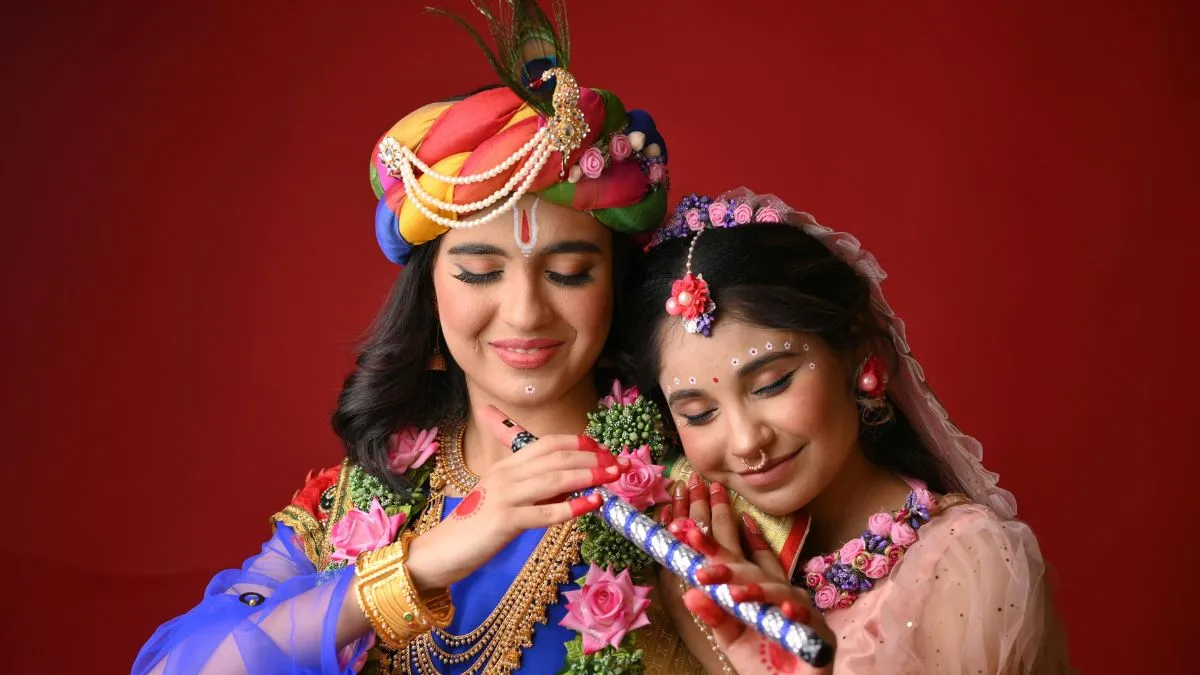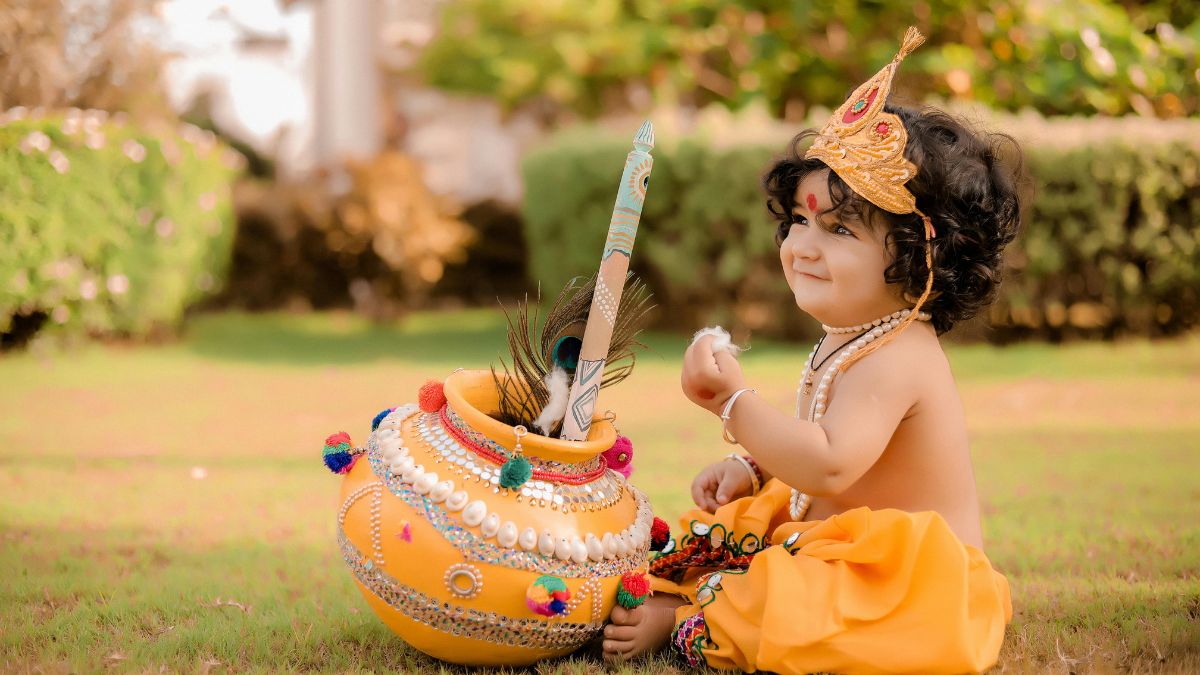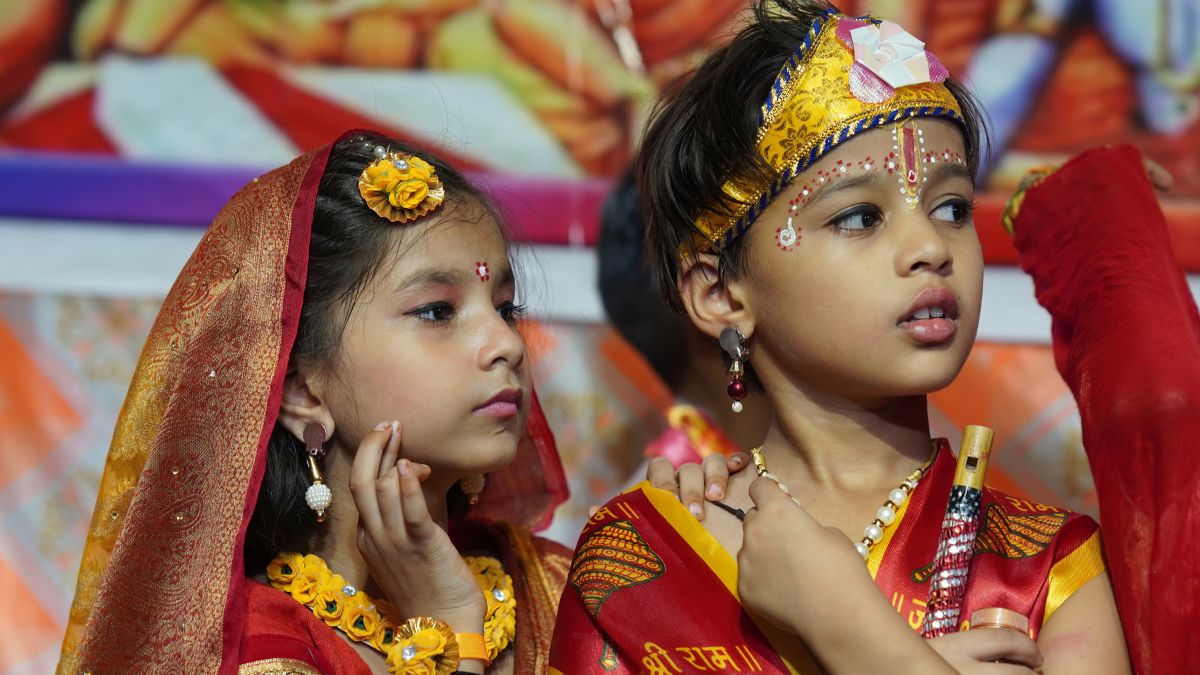
Janmashtami 2025: 7 Useful Tips To Dress Your Baby As Lord Krishna Or Goddess Radha This Year
Janmashtami is more than a festival; it is a joyful tapestry of devotion, colour, and storytelling. For many families, dressing their little ones as the mischievous Lord Krishna or the graceful Goddess Radha is a cherished tradition that brings the legends to life. In 2025, with celebrations brimming with both cultural flair and modern creativity, parents have a wealth of ways to make these ensembles both enchanting and comfortable. From selecting gentle fabrics to adding those all-important finishing touches, the right choices can transform your baby into a vision of festive splendour while keeping them content throughout the day.
Janmashtami 2025 Useful Tips to Dress Your Baby as Lord Krishna or Goddess Radha
Here are seven practical, detail-driven tips to make sure your child looks heavenly while feeling happy and secure throughout the festivities.

1. Pick the Right Fabrics for Comfort and Breathability
For Krishna’s iconic pitambar (yellow dhoti) and kurta, soft cotton or cotton-silk blends work best. These fabrics absorb sweat and allow the skin to breathe — crucial during humid monsoon evenings. For Radha’s lehenga-choli, light georgette, voile, or cotton blends are ideal, as they drape well without weighing the child down. Avoid synthetic fabrics entirely for infants, as they can cause rashes or overheating.
2. Embrace Pre-Stitched Outfits for Fuss-Free Dressing
Traditional dhotis and lehengas can be tricky to tie on a wriggly baby. Many reputed babywear brands now offer pre-stitched versions with Velcro fastenings, concealed elastic waistbands, and ready-pleated skirts. These not only save time but also reduce the risk of loose fabric becoming a tripping hazard during playful moments.

3. Opt for Lightweight, Secure Headgear
1
2
3
4
Krishna’s mukut (crown) is perhaps his most recognisable feature. Choose crowns made from foam or soft felt with adjustable straps, rather than heavy metal or hard plastic versions. Ensure the peacock feather is firmly attached and rounded at the base to prevent scratches. For Radha, floral headbands or soft gajras made from hypoallergenic artificial flowers can provide an ethereal look without irritating the scalp.
4. Keep Jewellery Minimal but Symbolic
While the traditional image of Krishna includes layered bead necklaces and Radha is adorned with bangles and anklets, safety should come before aesthetics. Opt for fabric-based jewellery or large, well-threaded beads that cannot be swallowed. Gold-plated plastic bangles are lightweight and can be cushioned on the inside with satin ribbon.
5. Add Cultural Props for Authenticity
A small plastic flute or a painted clay pot (matki) can enhance the overall visual appeal. If you wish to go a step further, a mini butter pot (filled with cotton instead of real butter) can be a charming and safe prop. Always ensure props are non-toxic, lightweight, and free from sharp edges.

6. Layer Smartly for Weather Conditions
Since Janmashtami often coincides with muggy late-summer nights in India, keep the costume light. A single layer of soft fabric with a thin cotton vest underneath works well. If attending indoor events with strong air conditioning, a light stole or shawl can prevent chills without disrupting the costume’s aesthetic.
7. Personalise for Memorability
Custom embroidery, initials stitched discreetly into the waistband, or choosing colours that match the family’s festive palette can make the outfit truly one-of-a-kind. Adding a monogrammed sash for Krishna or a personalised dupatta for Radha creates a keepsake you’ll treasure long after the festival.
If you liked this story, then please share it. To read more such stories, stay connected to HerZindagi.
Image Credits: Canva
Also watch this video
Herzindagi video
1
2
3
4